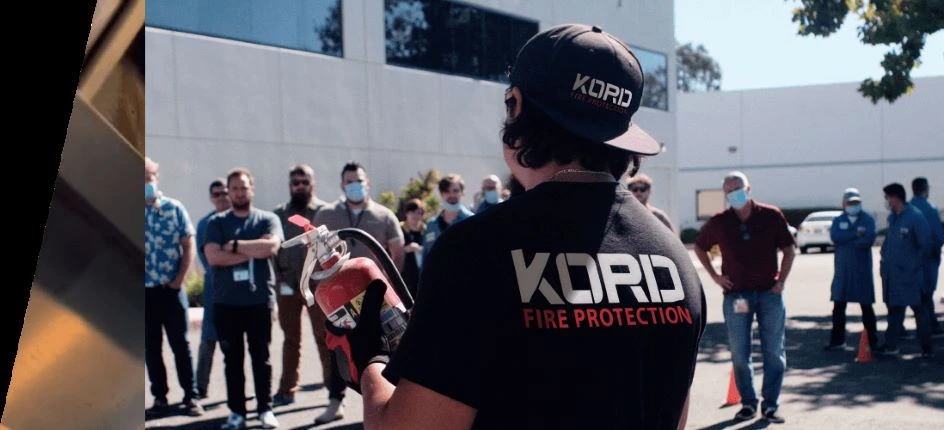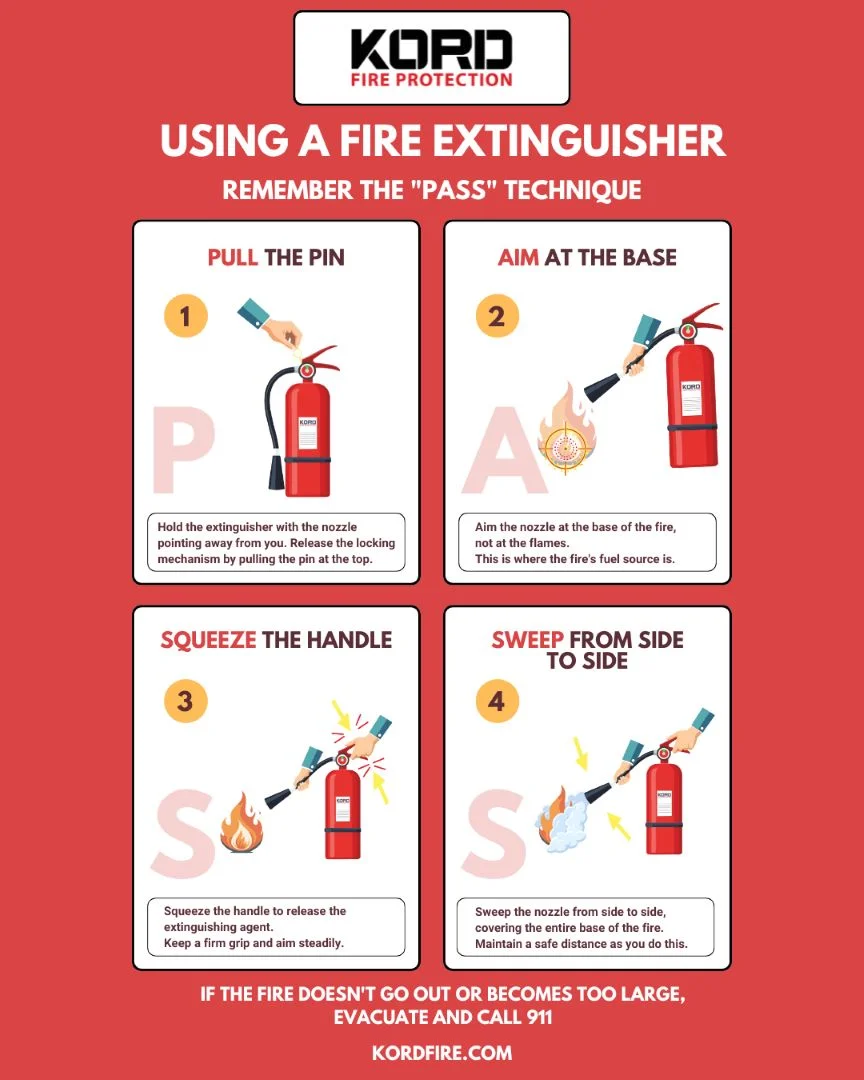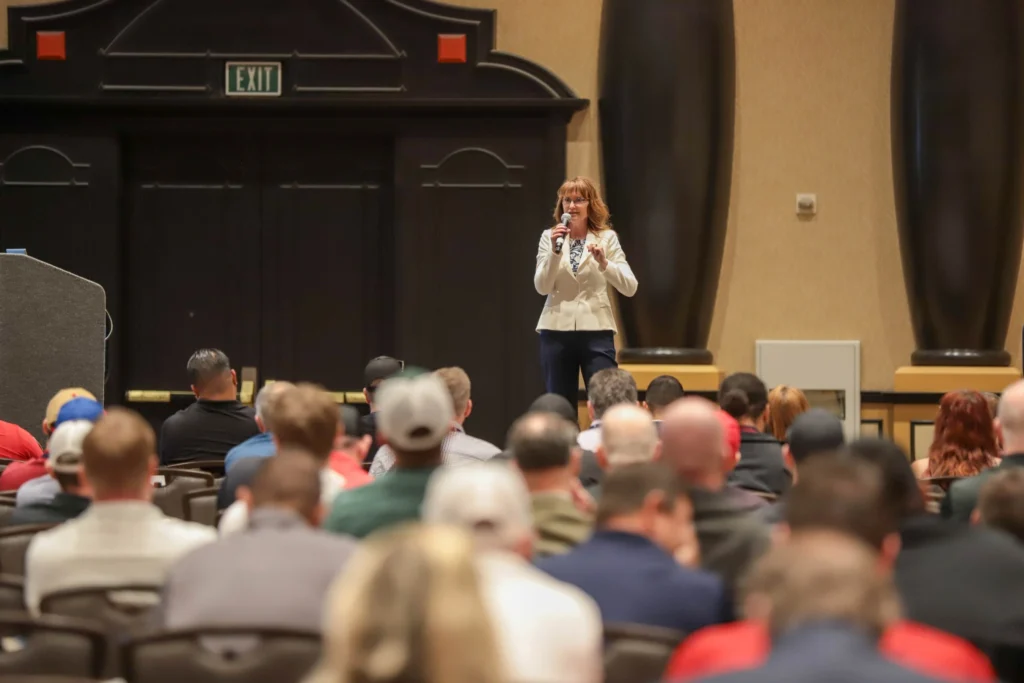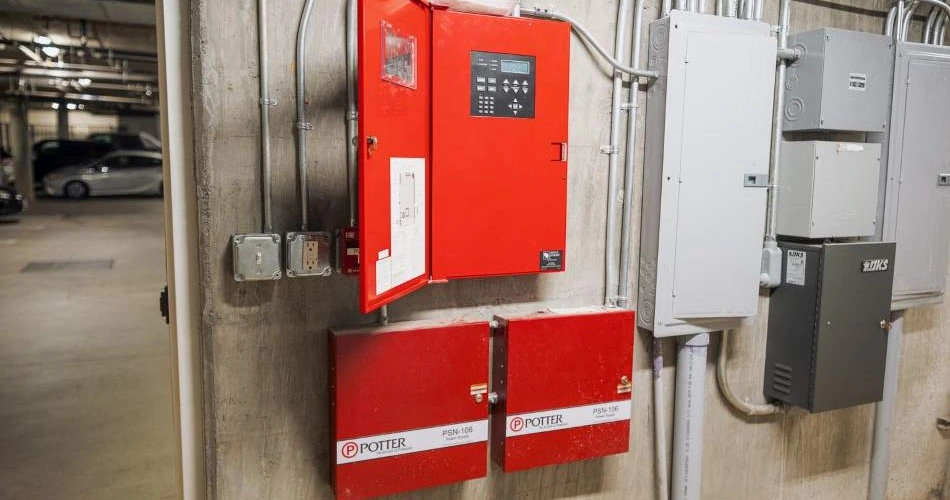

Essential Fire Safety Tips for Commercial Properties
Intro
We often take modern fire safety measures for granted, but looking back at history reveals that many of the protocols we rely on today were shaped by tragic events. One such incident was the 1911 Triangle Shirtwaist Factory fire, a catastrophe that killed 146 workers and highlighted the need for better fire safety tips for commercial properties. The fire was made worse by locked doors, faulty fire escapes, and overcrowded workspaces. This wasn’t a matter of bad luck—it was negligence by the factory management. At the time, building codes were minimal and often ignored, and employees weren’t trained on what to do in an emergency. Today’s fire safety regulations and practices are rooted in preventing such tragedies from happening again.
So, how could it have been prevented?
- Ensuring that exits are always accessible and fire escapes are up to code could have saved lives.
- Having working fire extinguishers and alarms could have prevented the rapid spread of the fire.
The lesson here is simple: commercial property owners and managers cannot afford to overlook fire safety. In this article, we’ll explore a few small, consistent actions that can prevent a catastrophe and save lives.
Key Fire Safety Tips for Commercial Properties
Regular Inspections
Just like you wouldn’t drive a car without regular checkups, you shouldn’t manage a commercial property without frequent fire safety inspections.
- Check fire alarms, sprinklers, and extinguishers regularly to ensure they work.
- Don’t wait for something to go wrong before acting. Ignorance isn’t bliss here—it’s downright dangerous. Failing to maintain fire alarms can lead to delayed warnings, resulting in greater damage and risk to lives.
It’s also important to conduct hydrostatic testing on fire extinguishers every 5 to 12 years, depending on the type. This test involves filling the extinguisher with water or another non-compressible fluid to check for leaks or structural weaknesses, ensuring the cylinder can safely hold the pressurized contents. Routine checks like these help guarantee that all equipment works as intended during an emergency, providing the best chance to control or extinguish a fire before it escalates.
Accessible Exits
Remember the Triangle Shirtwaist Factory? Those locked exits were death traps.
- Ensure that exits are clearly marked and unobstructed.
- Never, ever lock exits to allow quick evacuation during an emergency.
If employees or visitors can’t get out quickly during an emergency, the consequences could be devastating.
Proper Use of Fire Extinguishers
Fire extinguishers may all look similar, but they are designed for different types of fires, and using the wrong one can make a hazardous situation worse. Each fire extinguisher is labeled for specific types of fires, such as those involving flammable liquids, electrical equipment, or combustible materials. Understanding the distinctions between these types can be crucial in an emergency, as the wrong extinguisher could spread the fire or fail to put it out effectively.In addition to choosing the right extinguisher, it’s essential to know how to use it properly. The PASS method is a simple, effective technique for fire extinguisher operation:
- Pull the pin to break the seal.
- Aim the nozzle at the base of the fire.
- Squeeze the handle to release the extinguishing agent.
- Sweep the nozzle from side to side until the fire is extinguished.
By selecting the appropriate fire extinguisher and applying the PASS method, you can take quick, effective action to contain a fire before it escalates into a full-blown disaster.


Types of Fire Extinguishers:
- Class A: For regular combustibles like wood, paper, or cloth. Place in offices, storage rooms, or areas with flammable materials.
- Class B: Handles flammable liquids like gasoline or oil. Suitable for kitchens or garages.
- Class C: Designed for electrical fires. Use near servers, electrical panels, and electrical equipment.
- Class K: For kitchen fires involving grease or cooking oils. Essential for properties with commercial kitchens.
- Class D: Necessary for areas dealing with combustible metals, such as laboratories or industrial facilities.
Placement: Ensure each extinguisher is placed in a visible and easily accessible location.
Instructions: Provide clear instructions on its use.
Fire Safety Training
Having fire extinguishers, alarms, and an evacuation plan in place is one thing, but ensuring everyone knows how to use them is another Fire safety tips for commercial properties that we can’t stress it’s importance enough.
- Regular fire safety training is critical.
- Training helps reduce panic and encourages quick, calm responses during emergencies.
Example: During the 2005 Windsor Tower fire in Madrid, Spain, comprehensive fire safety training and evacuation procedures allowed over 200 occupants to evacuate safely with no fatalities.
Clear Communication
Your staff needs to know what to do the moment the fire alarm sounds.
- Have an evacuation plan that’s written down and practiced regularly.
- Conduct fire drills to ensure everyone knows where to go and how to get there.
Remember fire drills in school? They work by ensuring everyone is well prepared for sound communication by understanding and obeying instructions in an emergency. Just as a kid is taught the alphabets, so must they be taught the fire and hazard signs.
Sprinkler Systems
If you think sprinklers only belong in large shopping malls or skyscrapers, think again. Even small businesses can benefit significantly from sprinklers, as they can control fires before they escalate, protecting both property and lives.
Fire Safety Training: Why It’s Non-Negotiable
You can have the best equipment, the latest fire alarms, and the most detailed evacuation plan, but if your staff doesn’t know what to do in an emergency, it’s all useless. According to the Occupational Safety and Health Administration (OSHA), there are more than 200 fire incidents in the workplace every day, and over 5,000 people are injured annually. For instance, in 2003 The Station nightclub fire in Rhode Island resulted in 100 deaths due to inadequate fire safety training, lack of proper fire exits, and overcrowding. Better fire safety measures could have prevented this tragedy.
Fire safety training ensures:
- Employees know how to react
- Employees know where to go
- Employees know how to use a fire extinguisher
And that is something that you must be ensured of. To be an owner of commercial properties entails the responsibility of the lives of its inhabitants. By ensuring good fire safety protocols and training, you can rest assured that even in the worst-case scenario, lives will be protected.
Fire Safety Tips for Commercial Properties in Los Angeles
We often take modern fire safety measures for granted. However, tragedies like the 1911 Triangle Shirtwaist Factory fire, which killed 146 workers, remind us of the importance of proper fire safety protocols. In Los Angeles, where local regulations can be stringent, understanding fire safety is crucial for all commercial property owners.
Key Fire Safety Tips for Commercial Properties in LA
Regular Inspections
Just like you wouldn’t drive a car without regular checkups, managing a commercial property in Los Angeles requires frequent fire safety inspections.
- Check fire alarms, sprinklers, and extinguishers regularly to ensure they work.
- Conduct hydrostatic testing on fire extinguishers every 5 to 12 years, depending on the type, to ensure compliance with California regulations.
Accessible Exits
Those locked exits in the Triangle Shirtwaist Factory were death traps.
- Ensure exits are clearly marked and unobstructed, in line with California fire code requirements.
- Never lock exits to allow quick evacuation during emergencies.
Proper Use of Fire Extinguishers
Knowing which type of fire extinguisher to use can be the difference between a minor inconvenience and a major disaster.
- Ensure that Class A, B, C, K, and D extinguishers are readily available in compliance with local safety regulations.
Fire Safety Training
Having the right equipment is one thing, but ensuring everyone knows how to use it is another.
- Regular fire safety training for employees in Los Angeles is critical to prepare them for emergencies and comply with state laws.
Local Resources and Compliance
As a business in Los Angeles, you must adhere to specific fire safety regulations. For resources, visit the Los Angeles Fire Department website or contact local fire safety consultants for assistance. All in all, fire safety isn’t just about equipment—it’s about being prepared. As the saying goes, “Failing to plan is planning to fail,” and when it comes to fire safety, you really don’t want to fail.
Get Top-Rated Fire Safety Solutions!
Kord Fire Protection is your go-to when it comes to all things fire protection. For over 20 years, we’ve been serving Southern California with the quality service and equipment to keep your home or business safe at all times. Our competitive prices reflect our unwavering commitment to protecting what matters most in the event of a fire emergency. Give us a call, send an email, or use that form!




